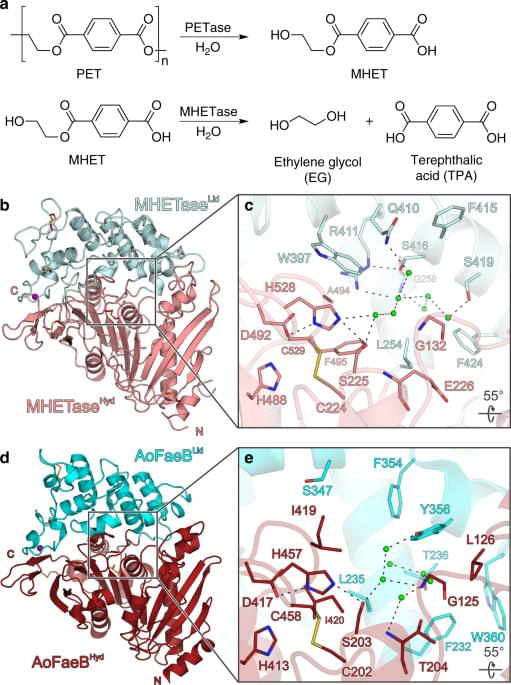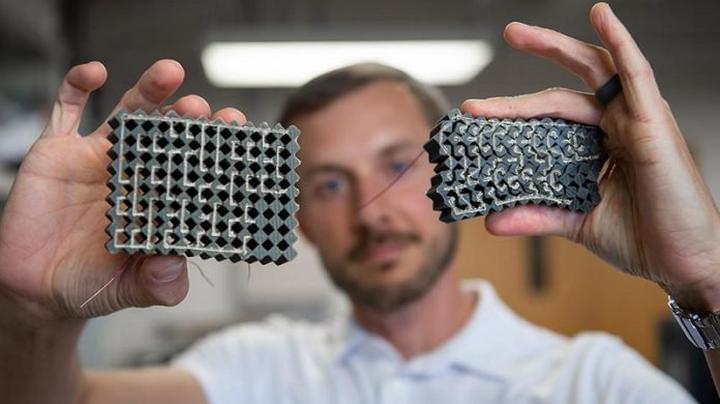This holds a great opportunity for a recycling boon.
These frightening figures represent the most robust estimate of marine plastic pollution calculated to date.


Our innovative ocean cleaning system is already removing plastic from the Pacific Ocean. Combined with our Interceptor river solutions deployed around the world, we aim to reduce floating ocean plastic by 90% by 2040.
Trillions of pieces of plastic float on the surface of our oceans, damaging habitats and contaminating food chains; a problem forecast to worsen exponentially as the stream of plastic flowing into the ocean from rivers increases. We address the plastic problem with a dual strategy: removing plastic that is already polluting the oceans, while also intercepting plastic in rivers to prevent it reaching the ocean and adding to the problem.
Throughout 2021 and 2022, our ocean cleaning system has been harvesting plastic from the Great Pacific Garbage Patch (GPGP), estimated to contain around 100,000,000 kilograms of plastic. Each branch of this strategy is essential to efficiently rid the oceans of plastic.

Basically this special bacterium Ideonella sakaiensis could solve the plastic crisis in the oceans by eating the plastic.
Plastic polymer PET degrading enzymes are of great interest for achieving sustainable plastics recycling. Here, the authors present the crystal structures of the plastic degrading bacterial enzymes PETase, MHETase in its apo-form and MHETase bound to a non-hydrolyzable substrate analog.


Then a mere scientist pulled it off. Otto von Guericke invented a pump to suck the air from within a hollow copper sphere, establishing perhaps the first high-quality vacuum on Earth. In a theatrical demonstration in 1,654, he showed that not even two teams of horses straining to rip apart the watermelon-size ball could overcome the suction of nothing.
Since then, the vacuum has become a bedrock concept in physics, the foundation of any theory of something. Von Guericke’s vacuum was an absence of air. The electromagnetic vacuum is the absence of a medium that can slow down light. And a gravitational vacuum lacks any matter or energy capable of bending space. In each case the specific variety of nothing depends on what sort of something physicists intend to describe. “Sometimes, it’s the way we define a theory,” said Patrick Draper, a theoretical physicist at the University of Illinois.
As modern physicists have grappled with more sophisticated candidates for the ultimate theory of nature, they have encountered a growing multitude of types of nothing. Each has its own behavior, as if it’s a different phase of a substance. Increasingly, it seems that the key to understanding the origin and fate of the universe may be a careful accounting of these proliferating varieties of absence.
https://youtube.com/watch?v=PDLXaSV4qCQ&feature=share
KRAFTWERK “The Robots” Dmitriy N’Elpin & Inesa Shaurouskaya (Cover tribute. Version 2)
✅ Dmitriy N’Elpin – idea, arrangement, synthesizers, drums, guitar, vocals, vocals-vocoder, mastering.
✅ Inesa Shaurouskaya – synthesizers, special effects, vocals — vocoder.
Video editing – Andrey Grozovskiy.
Fan club — https://www.facebook.com/groups/24033
Dmitriy N’Elpin – https://www.facebook.com/dmitriy.nelpin.
Inesa Shaurouskaya – https://www.facebook.com/inesa.shaurouskaya.
Andrey Grozovskiy – https://www.facebook.com/andrey.grozovskiy

Someone taps your shoulder. The organized touch receptors in your skin send a message to your brain, which processes the information and directs you to look left, in the direction of the tap. Now, Penn State and U.S. Air Force researchers have harnessed this processing of mechanical information and integrated it into engineered materials that ‘think.’

A good argument for mind uploading.
An exploration of the philosophical concept of metaphysical identity, using numerous variations on the infamous Ship of Theseus thought experiment.
Keith Wiley is the author of A Taxonomy and Metaphysics of Mind-Uploading, available on Amazon:
Hey it’s Han from WrySci-HX talking about how the anti diabetic drug Empagliflozin, brand name Jardiance, has reversed signs of vascular aging in mice! Is this why we’re seeing its benefits in humans? More below ↓↓↓
Subscribe!
Please consider supporting 🙏
Patreon: https://www.patreon.com/wrysci_hx.
Or better yet, consider supporting any of the following!